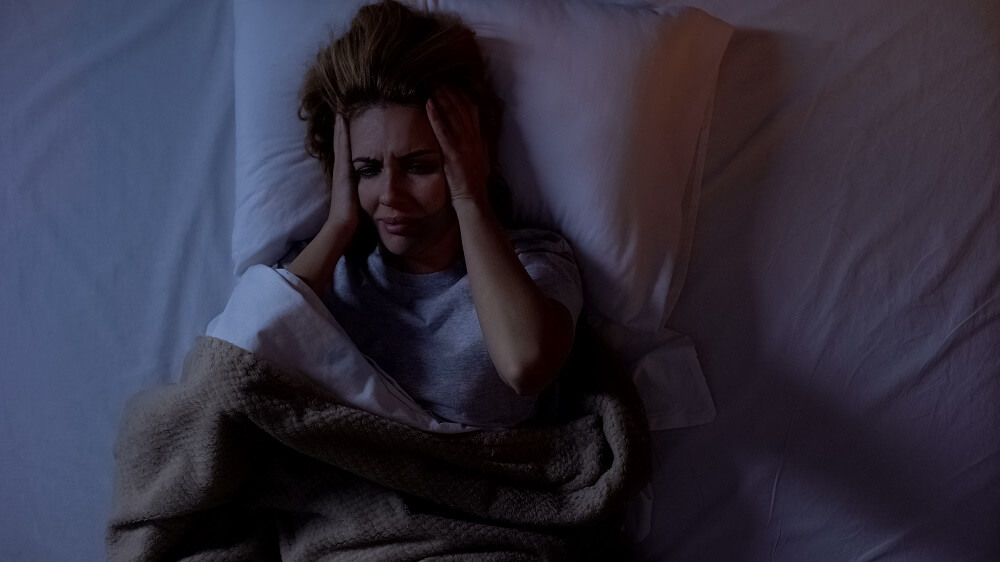COVID-19 encourages nightmare activity, according to new research from Nature and Science of Sleep.
Patients with COVID-19 have experienced increased sleep disturbances, and individuals who have been more affected by the pandemic had increased nightmares, prior studies have shown. This is the first study of the oneiric activity of people with COVID-19 and the first comparing their oneiric activity with those of individuals who have not had COVID-19.
There were 14 countries that participated in the cross-sectional International COVID-19 Sleep Study (ICOSS). Adult individuals completed web surveys between May and July 2020.
Continue Reading
Individuals (n=544 about 60% females, about 28% aged 34 to 44 years) who said they had COVID-19, regardless of infection severity, were matched with control group individuals on demographic variables and quarantine duration. Among both groups, about 60% of individuals were White, nearly one-quarter were from the US, and more than 80% lived in urban areas. Nearly two-fifths had experienced forced quarantine of more than 1 month. Less than 10% reported high financial burden during the pandemic.
COVID-19 participants reported higher nightmare frequency (NF) compared with control individuals during the pandemic (P =.003). Symptoms of anxiety, depression, posttraumatic stress disorder (PTSD repeated disturbing thoughts/memories) were higher among the COVID-19 group compared with control individuals. The COVID-19 group had a significantly lower quality of life, health, and wellbeing (WHO-5 Well-being Index) compared with control individuals.
Through logistic regression analysis, the researchers observed that NF was associated with dream recall frequency (DRF daily or almost daily; odds ratio [OR] 19.26, 3 to 5 days per week; OR 11.54, 1 to 2 days per week; OR 9.67, less frequently than once per week), COVID-19 severity (OR 1.60), sleep duration (long OR 0.43 normal OR 0.55), and age (55-64 years OR 0.29, 45-54 years OR 0.36). NF was linked with symptoms of PTSD (OR 2.58), anxiety (OR 1.76), and insomnia (OR 1.63).
Limitations of the study include memory bias, self-report of COVID-19 severity, lack of data on medication use and pre-existing health problems, lack of knowledge of time passed since infection among individuals who experienced COVID-19, and focus on the first wave of the pandemic.
“Overall, considering results on the whole sample, it should be expected that the more people were affected by the COVID-19 pandemic, the more dream activity would also be affected,” the researchers noted. “In other words, individuals’ oneiric activity, in general, and nightmare frequency, more specifically, may represent a reliable index of wellbeing or discomfort. Indeed, our findings are consistent with this hypothesis, showing strong associations between increased nightmares and reduced quality of life in those reporting having had COVID-19.”
Disclosure: Some study authors declared affiliations with biotech, pharmaceutical, and/or device companies. Please see the original reference for a full list of authors’ disclosures.
Reference
Scarpelli S, Nadorff MR, Bjorvatn B, et al. Nightmares in people with COVID-19: Did coronavirus infect our dreams?Nature Sci Sleep. 2022;14:93-108. doi:10.2147/NSS.S344299
This article originally appeared on Psychiatry Advisor
this content first appear on medical bag

